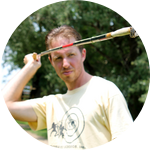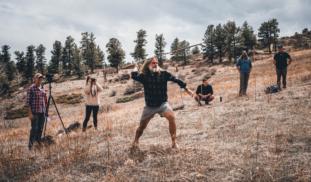Please wait...
About This Project
Projectile weapons were essential to the daily lives of ancient people. Although studied by archaeologists for decades, questions and misconceptions remain about the potential of spears, darts, and arrows to incapacitate prey. This project uses an experimental approach with replica weapons, skilled users, and modern observational equipment to study the terminal ballistics (impact and penetration) of stone-tipped atlatl darts and arrows, yielding needed data about early hunting capabilities.






